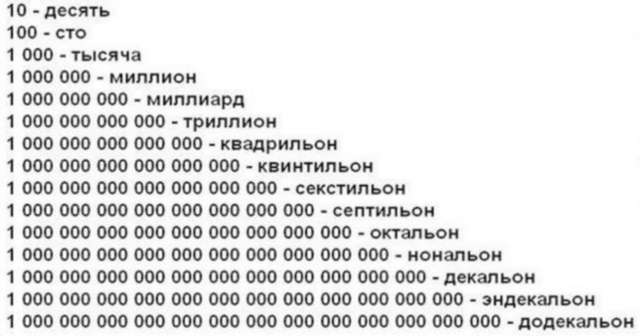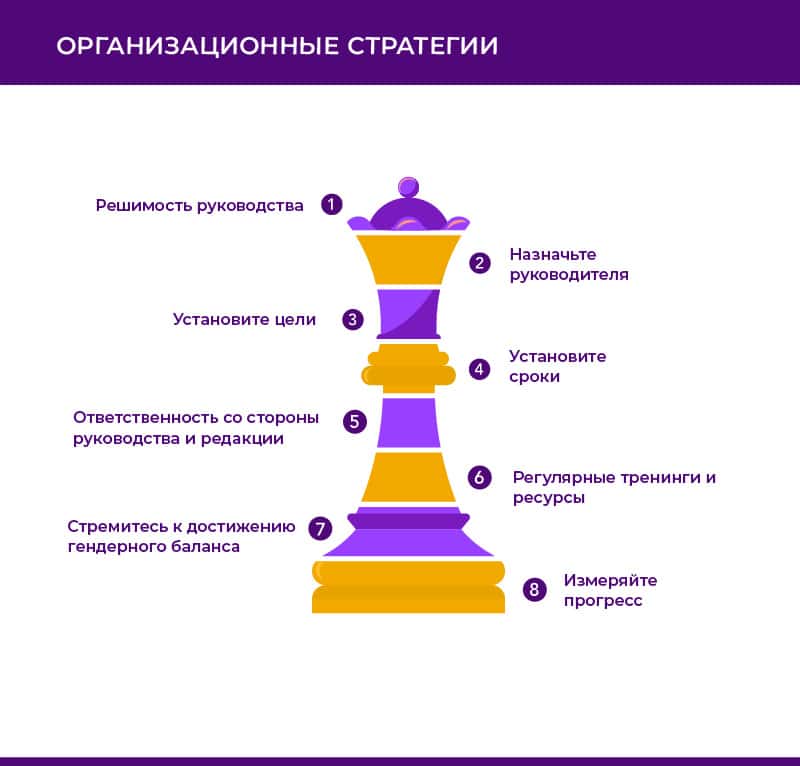
There are many more particles, many more
Physicists are looking for mysterious particles that must transfer information between generations of quarks and leptons and are responsible for their interaction. The search is not easy, but the rewards for finding leptoquarks can be enormous.
In modern physics, at the most basic level, matter is divided into two kinds of particles. On the one hand, there are quarks, which most often bond together to form protons and neutrons, which in turn form the nuclei of atoms. On the other hand, there are leptons, that is, everything else that has mass - from ordinary electrons to more exotic muons and tones, to faint, almost undetectable neutrinos.
Under normal conditions, these particles stay together. Quarks interact mainly with other quarks, and leptons with other leptons. However, physicists suspect that there are more particles than the members of the aforementioned clans. Much more.
One of these recently proposed new classes of particles is called leptovarki. No one has ever found direct evidence of their existence, but researchers are seeing some indications that it is possible. If this could be proven definitively, leptoquarks would fill the gap between leptons and quarks by binding to both types of particles. In September 2019, on the scientific reprint server ar xiv, experimenters working at the Large Hadron Collider (LHC) published the results of several experiments aimed at confirming or ruling out the existence of leptoquarks.
This was stated by LHC physicist Roman Kogler.
What are these anomalies? Earlier experiments at the LHC, at Fermilab, and elsewhere have yielded strange results—more particle production events than mainstream physics predicts. Leptoquarks decaying into fountains of other particles shortly after their formation could explain these additional events. The physicists' work has ruled out the existence of certain types of leptoquarks, pointing out that "intermediate" particles that would bind leptons to certain energy levels have not yet appeared in the results. It is worth remembering that there are still wide ranges of energy to penetrate.
Intergenerational Particles
Yi-Ming Zhong, a physicist at Boston University and co-author of an October 2017 theoretical paper on the subject, published in the Journal of High Energy Physics as "The Leptoquark Hunter's Guide," said that while the search for leptoquarks is extremely interesting, it is now accepted the particle's vision is too narrow.
Particle physicists divide matter particles not only into leptons and quarks, but into categories they call "generations." The up and down quarks, as well as the electron and electron neutrino, are "first generation" quarks and leptons. The second generation includes charmed and strange quarks, as well as muons and muon neutrinos. And tall and beautiful quarks, tau and taon neutrinos make up the third generation. The first generation particles are lighter and more stable, while the second and third generation particles are getting bulkier and have shorter lifespans.
Scientific studies published by scientists at the LHC suggest that leptoquarks obey the rules of generation that govern known particles. Third-generation leptoquarks can fuse with a taon and a beautiful quark. The second generation can be combined with the muon and the strange quark. Etc.
However, Zhong, in an interview with the service "Live Science", said that the search should assume their existence. "Multigenerational leptoquarks", moving from first-generation electrons to third-generation quarks. He added that scientists are ready to explore this possibility.
One might ask why look for leptoquarks and what they might mean. Theoretically very large. some because grand unification theory in physics, they predict the existence of particles that combine with leptons and quarks, which are called leptoquarks. Therefore, their discovery may not yet be found, but this is undoubtedly the path to the Holy Grail of science.
